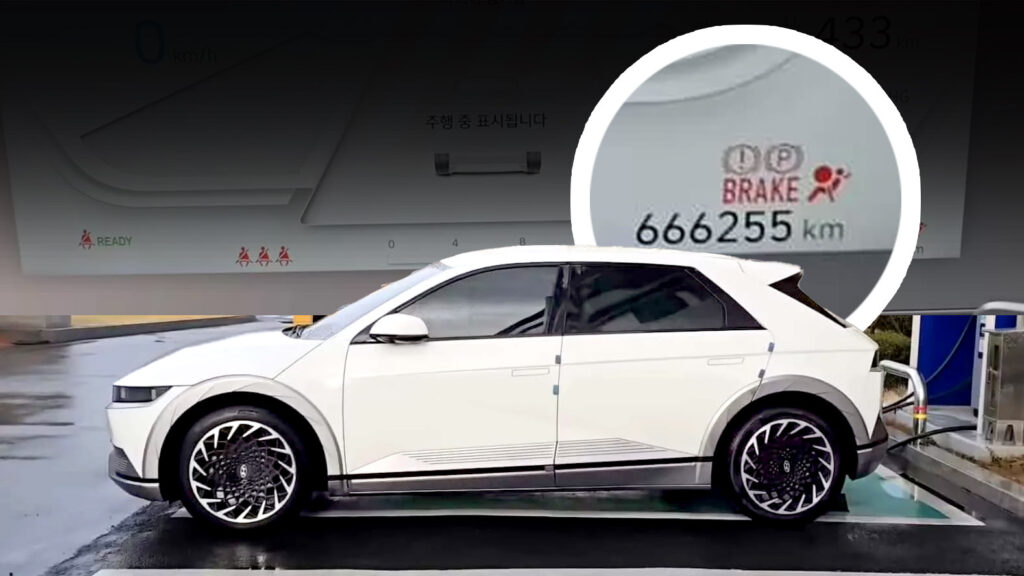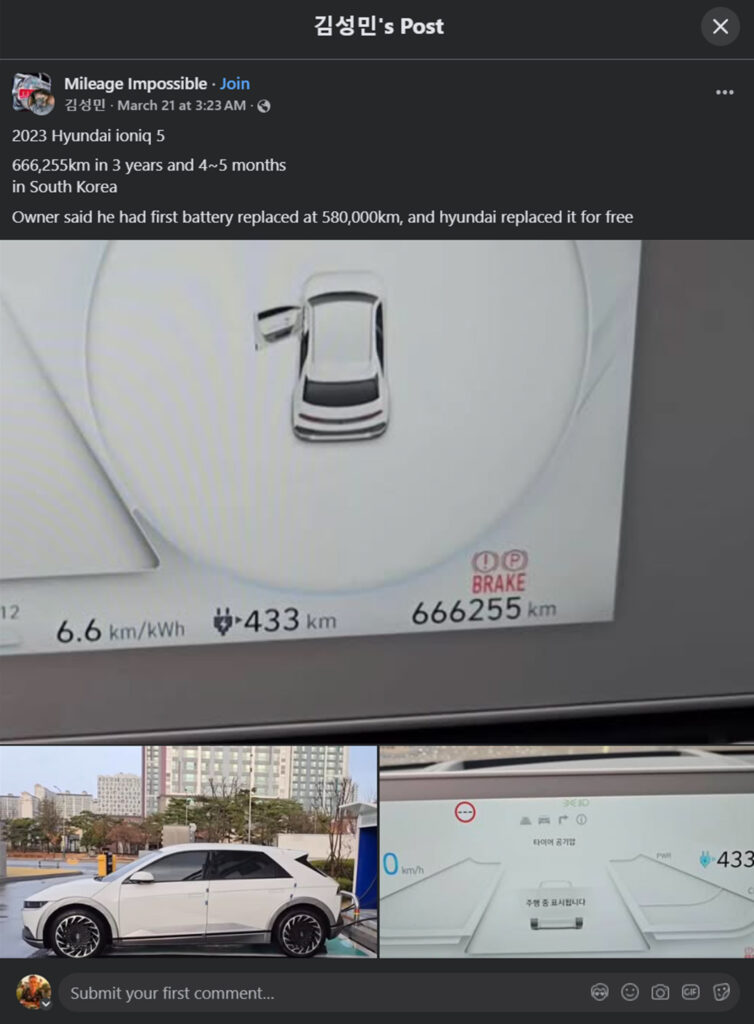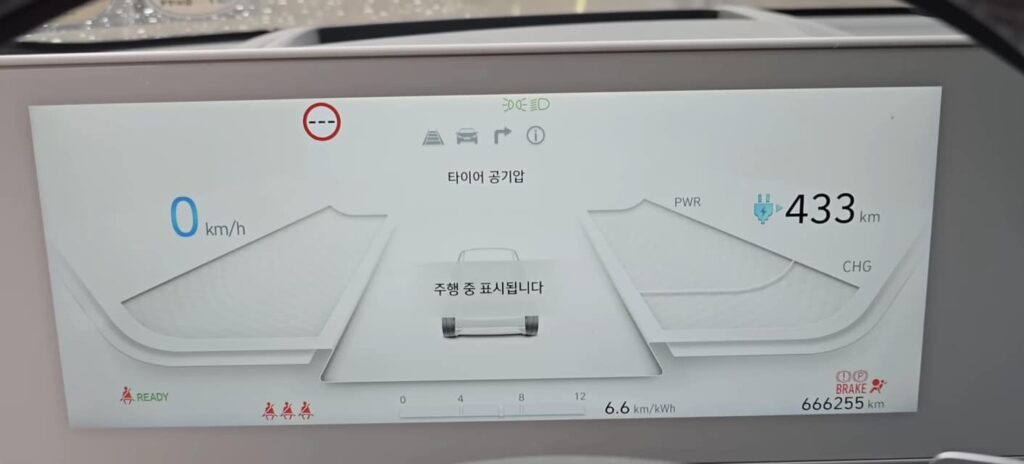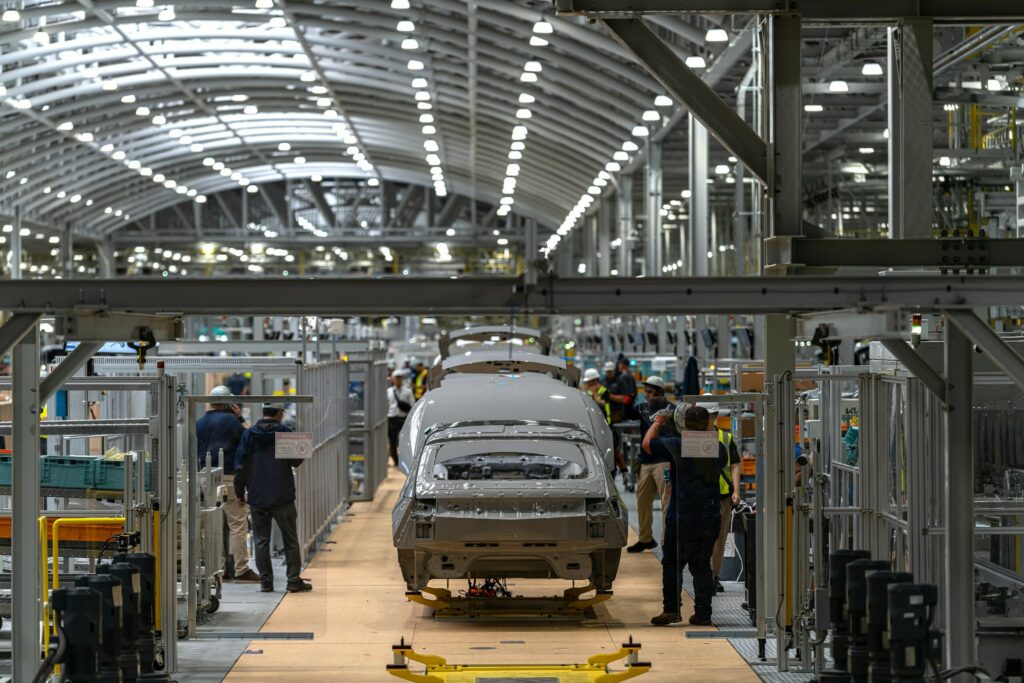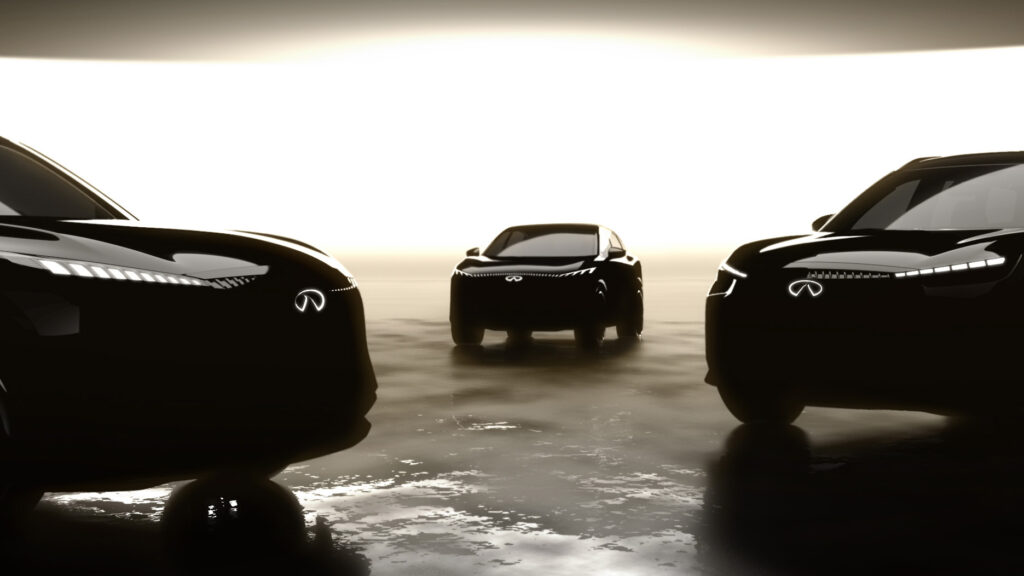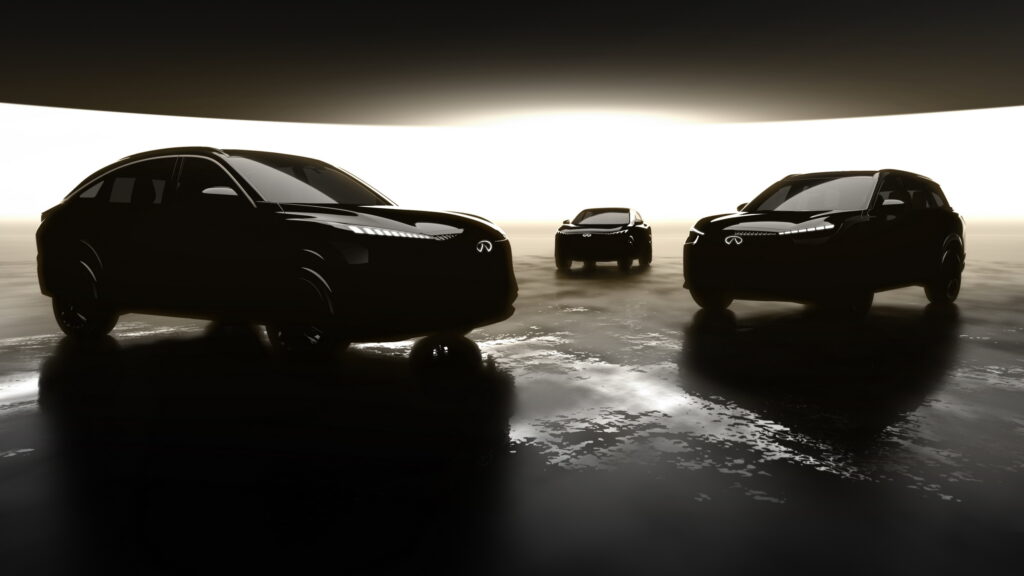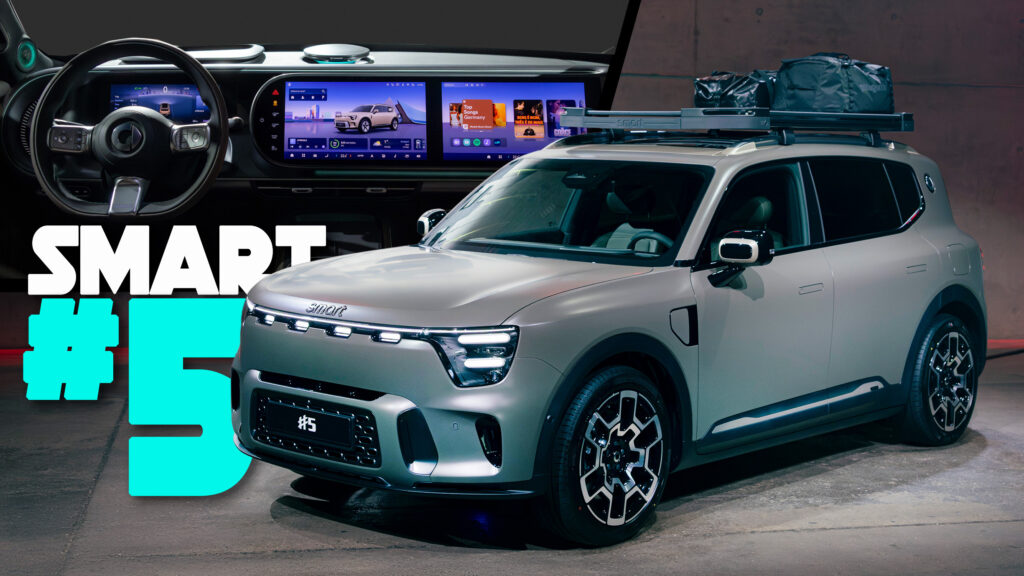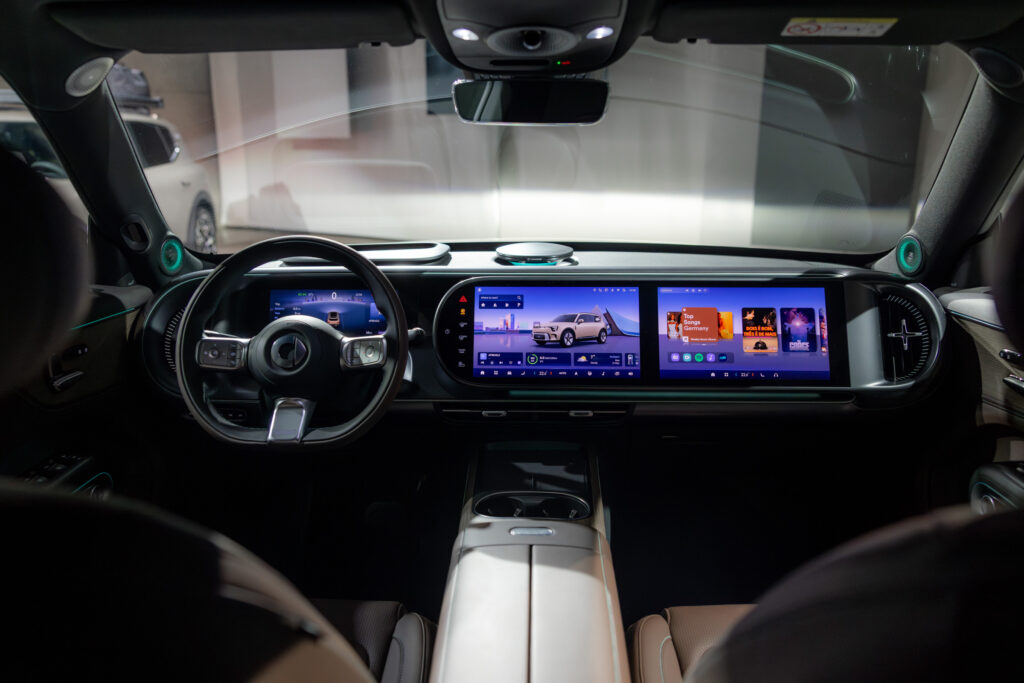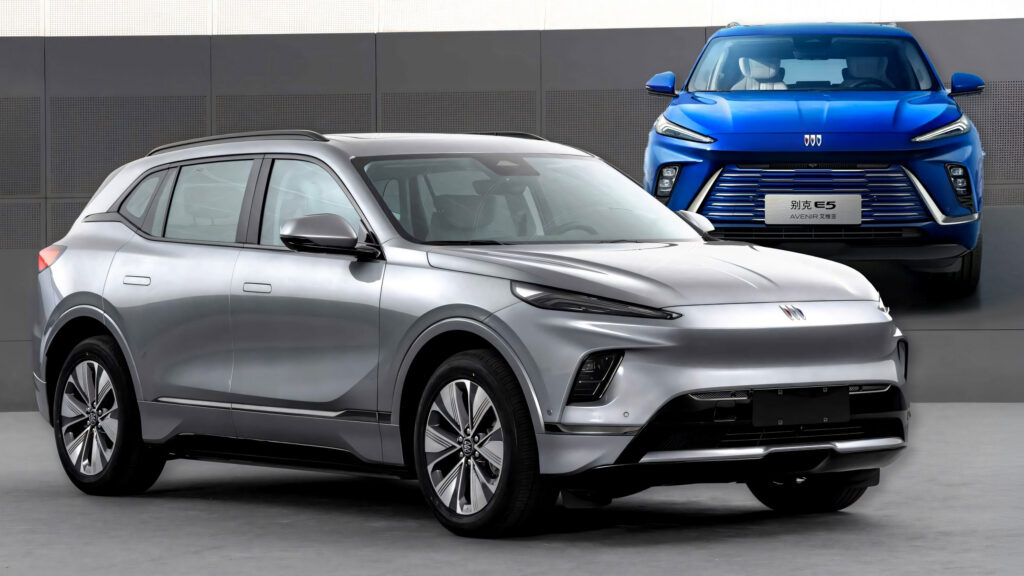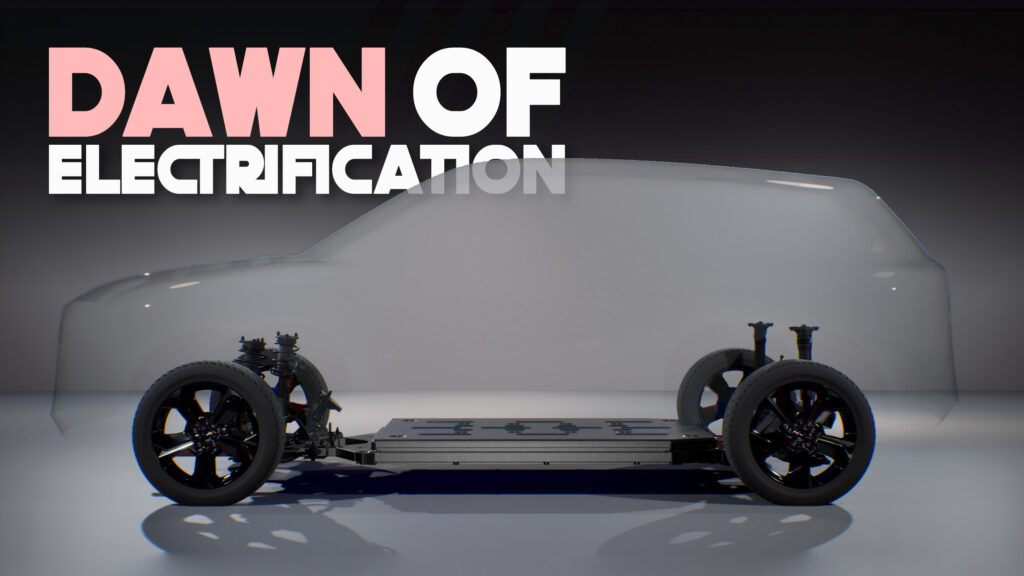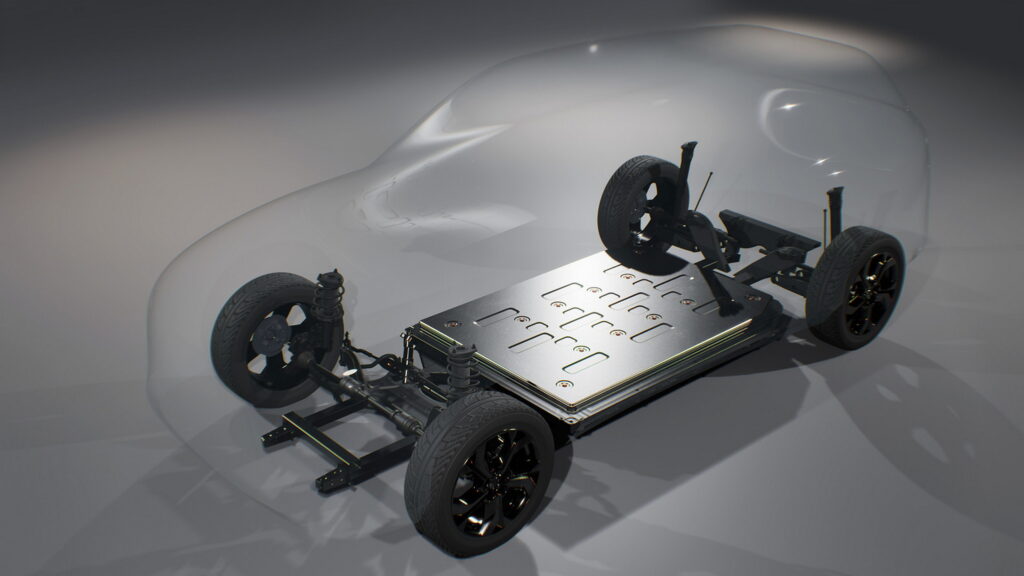State Superintendent Jill Underly wins second term in office, defeating GOP-backed candidate

State Superintendent Jill Underly won a second term in office Tuesday evening. (Photo by Baylor Spears/Wisconsin Examiner)
Incumbent Jill Underly, who had the backing of the Democratic Party of Wisconsin, won a second term as state superintendent on Tuesday, defeating education consultant and Republican-backed candidate Brittany Kinser.
“I’m just deeply honored and humbled for the trust you have placed in me to continue as state superintendent for public instruction,” Underly told supporters at her Election Night party. “This victory belongs to all of us who believe in the power of public education, but for every educator, family, and most importantly, kids across our state.”
The Associated Press called the race at 10:05 p.m. with Underly leading by more than 5 points and with more than 80% of the votes counted.
Kinser’s campaign released a statement shortly before 10:30 p.m. in which she acknowledged the result was “not the outcome I had hoped for.”
“Our kids’ future shouldn’t rest on the politicization of our education system, but on the belief that our kids deserve so much better than they currently receive,” she said.
The state superintendent, a technically nonpartisan position, is responsible for providing guidance for the state’s 421 public school districts, leading the Department of Public Instruction (DPI) — an agency responsible for administering state and federal funds, licensing teachers and developing educational curriculum and state assessments — and also holds a position on the University of Wisconsin Board of Regents.
Underly received the endorsement from Wisconsin Education Association Council (WEAC), the state’s largest teachers’ union, and AFT-Wisconsin. The Democratic Party of Wisconsin contributed over $850,000 to her campaign. While Underly had the backing of the state Democratic party, Democrat Gov. Tony Evers refused to endorse in the race.
WEAC said in a statement that the “victory inspires the public school educators who work with students every day to be even more visible and more involved in education policy deliberations to solve staffing shortages and the state funding crisis that forces communities to referendum every year to keep the schoolhouse doors open” and that the result is a rejection of “the school voucher lobby in favor of educators, so all students – no exceptions – have the opportunity to learn without limits and unlock their dreams.”
Kinser had never worked in a traditional Wisconsin public school and received criticism during the campaign for never holding a Wisconsin teachers’ license and allowing her administrator’s license to lapse, though she eventually updated it. She had also worked mostly in charter school circles in recent years, including as principal and executive director of Rocketship schools in Milwaukee and as a leader of the City Forward Collective, a Milwaukee-based advocacy group that has lobbied in favor of increasing funding for the state’s voucher program.

With her background, Kinser, who describes herself as a moderate, found support from Republicans and school choice advocates, receiving over $1.6 million in contributions from the Republican Party of Wisconsin.
While decisive, Underly’s victory was by a narrower margin than her first election in 2021, while Kinser did better than past DPI candidates who have run with the backing of the state’s powerful school choice lobby.
Underly said her takeaway from the closeness of the race is that “we need to just communicate better.”
Throughout the campaign, Underly faced criticism from her opponent, Republicans and others for her recent approval of changes to state testing standards and poor communication with school districts.
“There’s a lot that goes on at the agency that I think in years past, maybe state superintendents took for granted, but I think it’s important that we are communicating more,” Underly told the Wisconsin Examiner.
Underly said that the agency is working on rebuilding its relationship with legislators.
“The Legislature and the relationship with the state superintendent hasn’t always been that great…,” Underly said. “We meet with them frequently. We meet with the governor’s office quite frequently also. I’m just going to go back to the fact that I hope that we all want the same things, regardless of where we are on the political spectrum.”
Underly said that she also respected Evers’ decision not to endorse in the race and that her working relationship with his office is “fine.”
Throughout her campaign, Underly defended her decisions during her first term and said that she has served as “the No. 1 advocate for public education” and will continue to do so. Prior to being elected to the top DPI position, Underly worked as assistant director in DPI. She also previously served as a principal and superintendent of the Pecatonica Area School District and taught in public schools in Indiana.
Underly leaned on her advocacy for public schools while making the argument for her reelection. She introduced a budget request for the state that would have invested over $4 billion in public education, saying that it’s what schools deserved. Republicans and Evers both said it was too large.
Democratic lawmakers said Underly’s victory is a sign of Wisconsinites’ support of public schools and will hopefully bode well for the future of securing improved funding for public education.
Senate Minority Leader Dianne Hesselbein (D-Middleton) told the Wisconsin Examiner that Underly’s victory was a vindication of her first term in office.
“She’s had to make do with some really tough choices, and she’s done a great job for kids and for teachers,” Hesselbein said.
“We know public schools unite communities, and when we have strong public schools, we have strong communities,” Rep. Francesca Hong (D-Madison) said. “We’ve got a state superintendent who’s going to be looking out for every learner in our state, and so I’m also looking forward to the transparency and accountability that will come with ensuring that public dollars are for public schools.”
Hong said that the lack of communication between Republican lawmakers and Underly is the fault of lawmakers who are not interested in meeting the needs of students. She said that Underly’s win and “Republicans needing to answer to their communities who care about their public schools again” could encourage them to work across the aisle. She noted that Wisconsinites have repeatedly raised their property taxes to ensure schools have funding in lieu of reliable state investments.
Hong also said that she thought Underly’s victory showcased that “public dollars going to private schools was a deep concern for a lot of Wisconsinites.” During her campaign, Underly criticized her opponent for her lobbying for and support for Wisconsin’s school choice programs. She also expressed her opposition to the growth of those programs, saying it is not sustainable for the state to fund two school systems and that she would oppose dedicating more money to private school vouchers.
Underly said it’s clear that her opponent “cares about kids and she cares about kids learning,” and that something she would take away from the race is that “we all want the same things. Ultimately, we want kids to be successful.”






